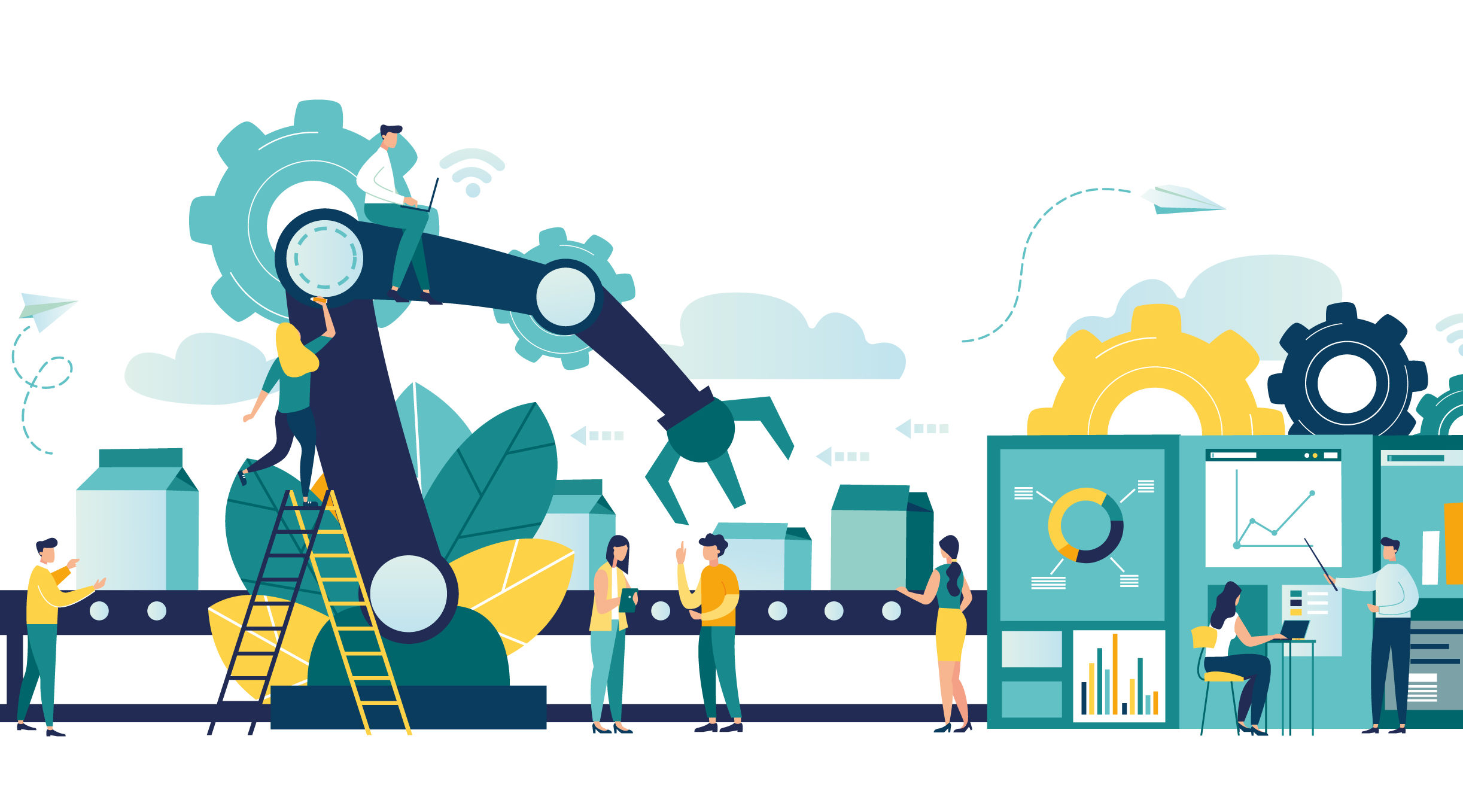What BI tool should I learn?
There is an interesting dilemma when it comes to preparing for a career in data and business analytics. Currently there are many business intelligence tools that exist in the workforce that are being employed by organizations in various ways. While some of the mainstream tools include Microsoft Power BI, Tableau and Qlik Sense, there are hundreds of tools on the market and the options are growing. This brings one to question, what tool best prepares a future data analyst to be hired and enter the workforce? What BI tools should I learn?
While there isn’t a simple straight forward answer, there is a solution to be considered. An analyst entering the workforce certainly has no control over what BI tool their employer will be using and as a result may feel unprepared. The truth is that learning the ins and outs of a single BI tool can be just as powerful as learning all of them if an analyst can focus on three important principles. These are how to manage/model, transform and visualize your data.
Manage and Model your data
To begin, any analytics software needs a way to read in and manage data from multiple sources and in different formats. With Microsoft Power BI, there is the data modeler which is used to connect multiple data sources and define relationships between the data. Similarly, Tableau has its own data model which performs the same function.
Keeping these in mind, an important aspect to consider in modeling the data revolves asking the question if the process of uploading and defining relationships between data can be automated or if the process needs to be repeated. Regardless of the tool, the power in these BI analytic software comes from the automation and the removing the need for manual upload and modeling.
When a future data analyst is learning their first BI tool, this principle is essential to keep in mind as it is transferable to all BI tools.

Transforming your data
With the data read-in and available, the next step would be to transform and wrangle the data so that it may be usable for analysis and visualizations. Power BI implements the language of DAX (Data Analysis Expressions) to manipulate data. The software Domo has playfully named their method Beast Mode for tackling particularly difficult datasets. Again, regardless of the tool, recognizing the aspect of the tool that can transform data is important and a key step in mastering BI tools in general.
Typically, data never arrives clean and will require tidying in order to become useful. A data analyst who can read-in and tidy their data will have a long career.
Visualizing your Data
When it comes to creating reports and dashboards, some BI tools shine and others don’t. That being said, there is a general pattern that most tools employ. This is the creation of visuals or “cards” which act as standalone stories that contribute to an overall story in the report or dashboard. In Tableau, individual cards are created and multiple cards can be placed and arranged in a dashboard according to the desire of the analyst. The power in most of the BI tools reporting ability comes in the interactive capabilities that the dashboards have. The ability to filter and sort through all the data points, and then dynamically change the visuals accordingly are what make BI tools truly effective.
When an analyst is able to learn the pattern in which their first BI tool creates reports and dashboards, moving to another tool does not become too difficult.
In Closing
In the world of business intelligence and all the available software in the field, it is easy for a future data analyst to become overwhelmed. In answering the question of, What BI tool should I learn, the answer is to learn the general skills rather than specifics in order to become a flexible and hirable analyst.